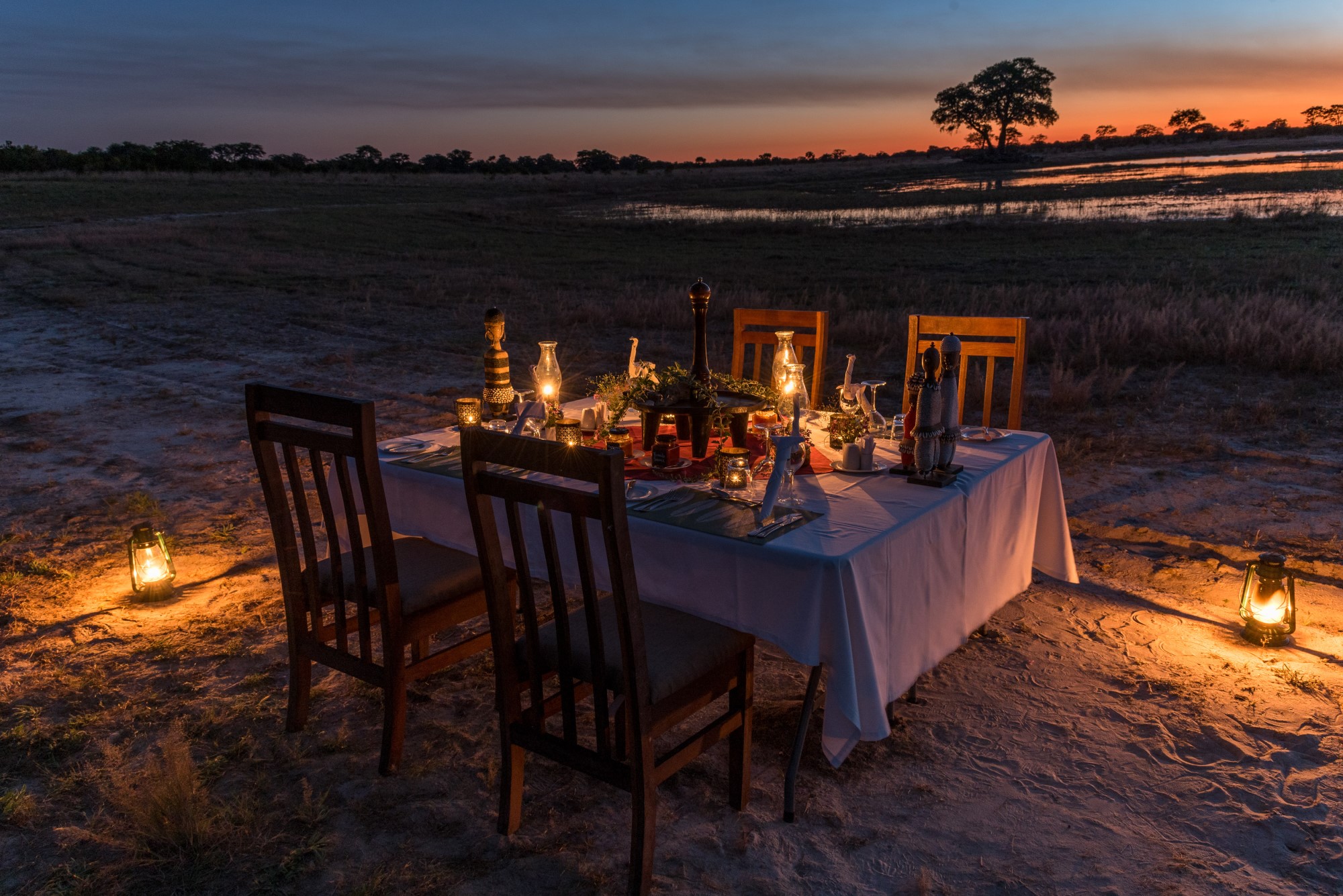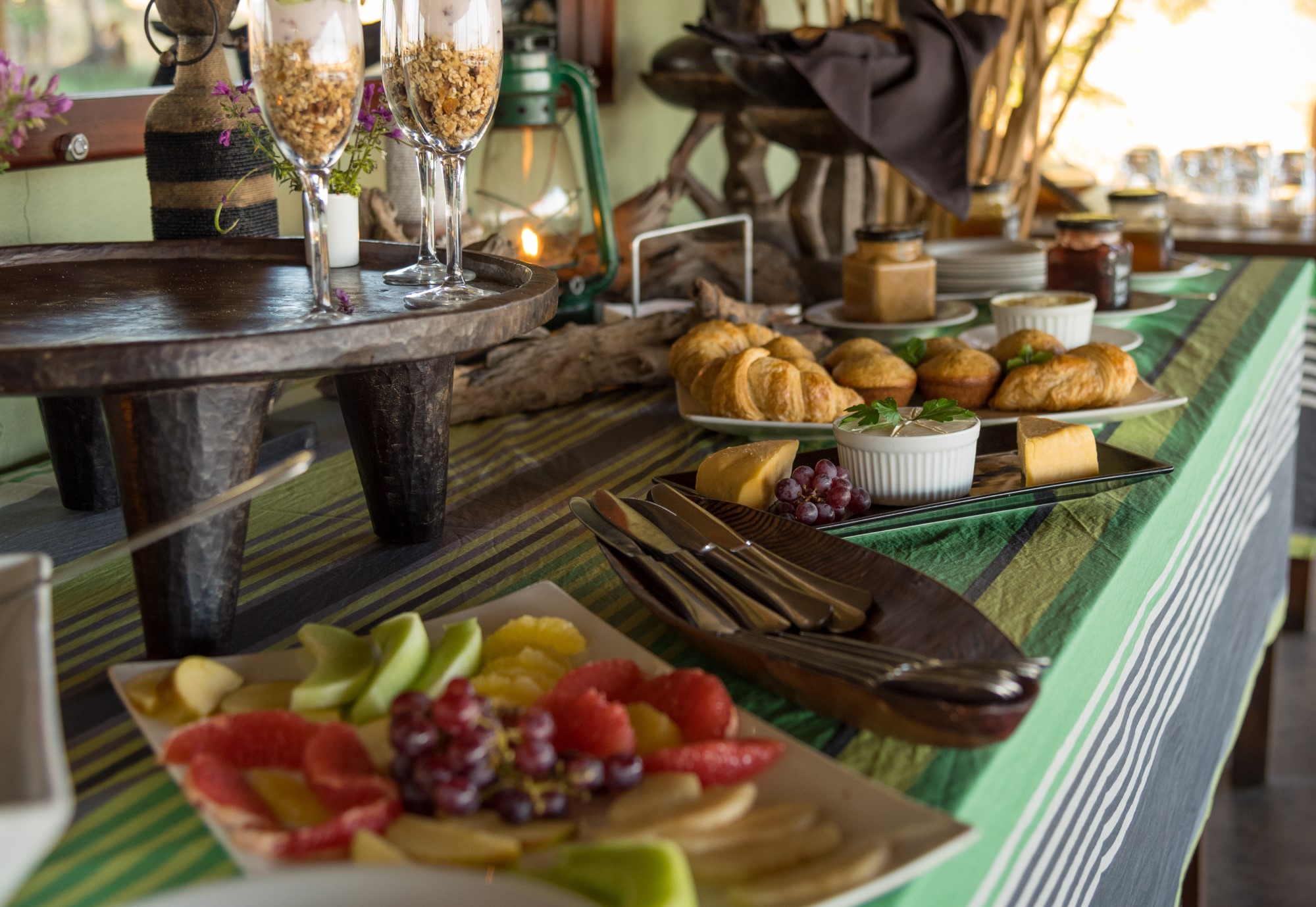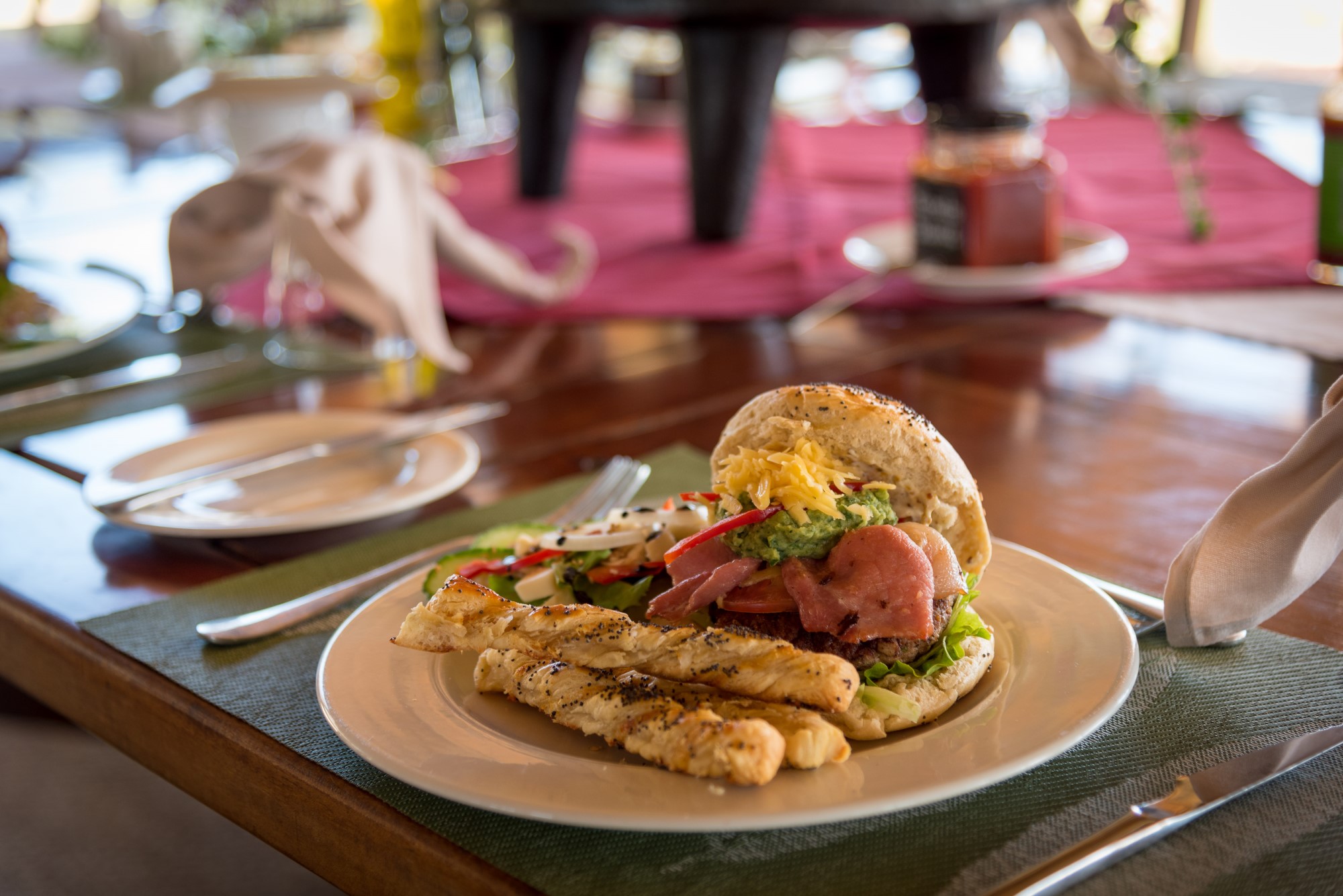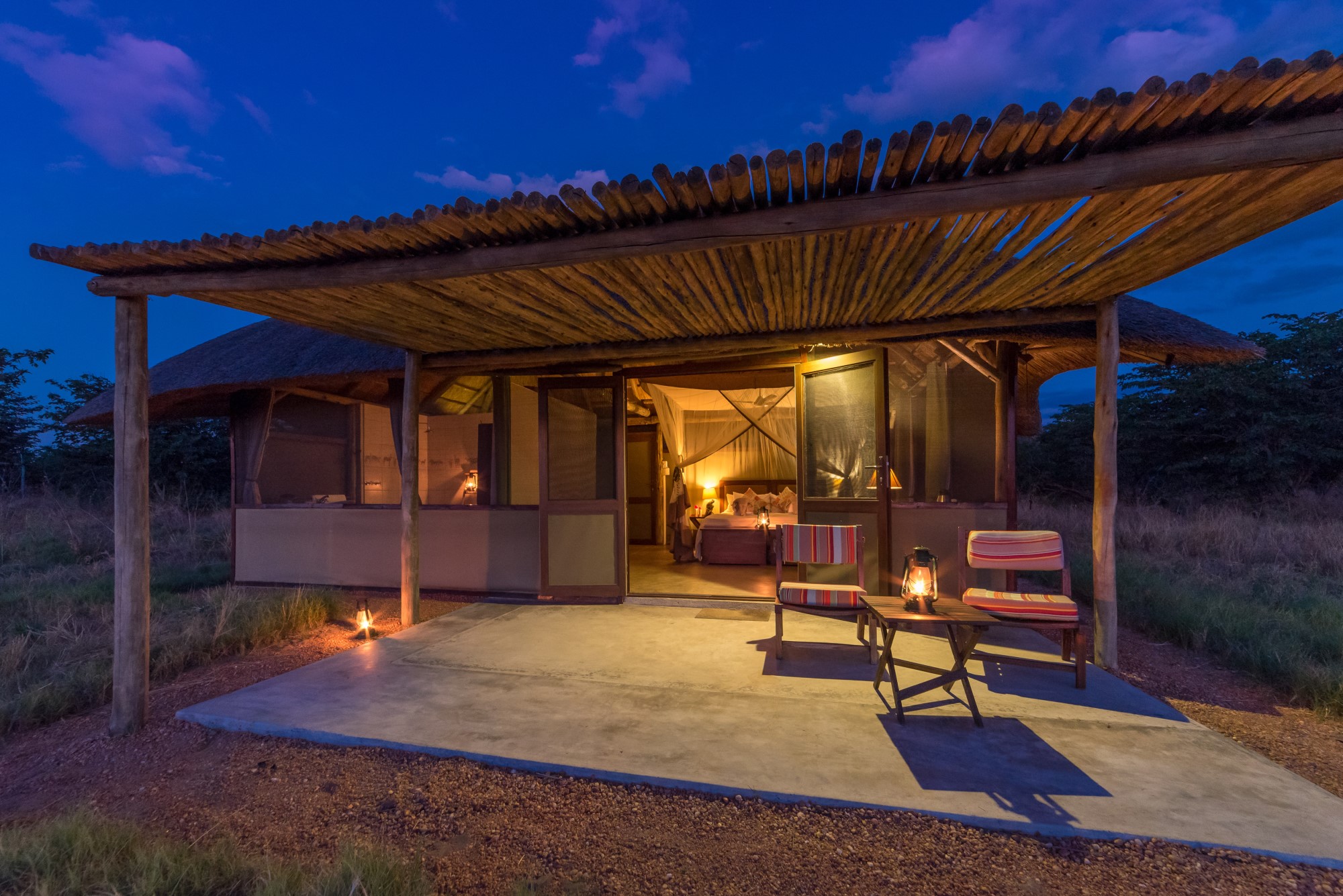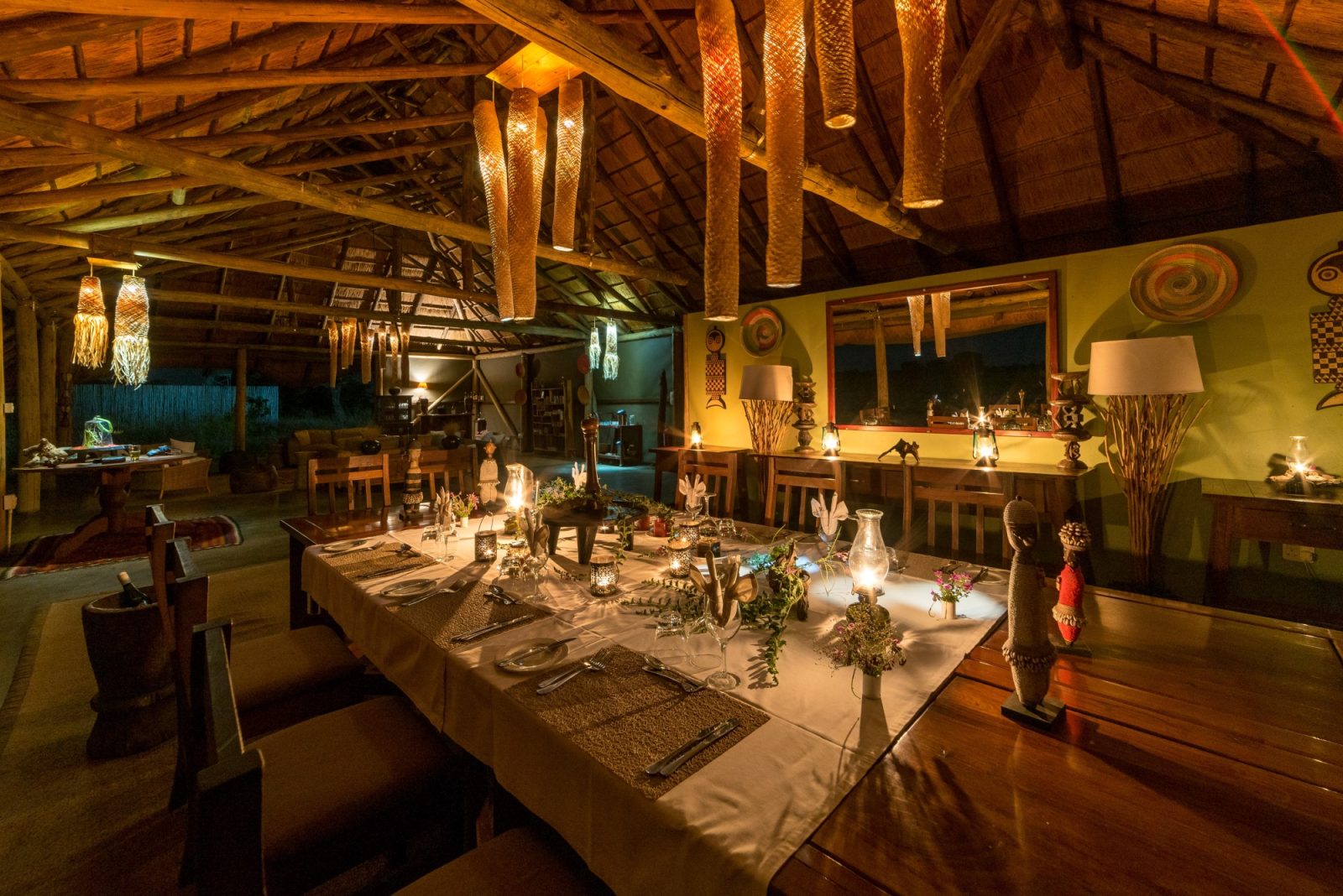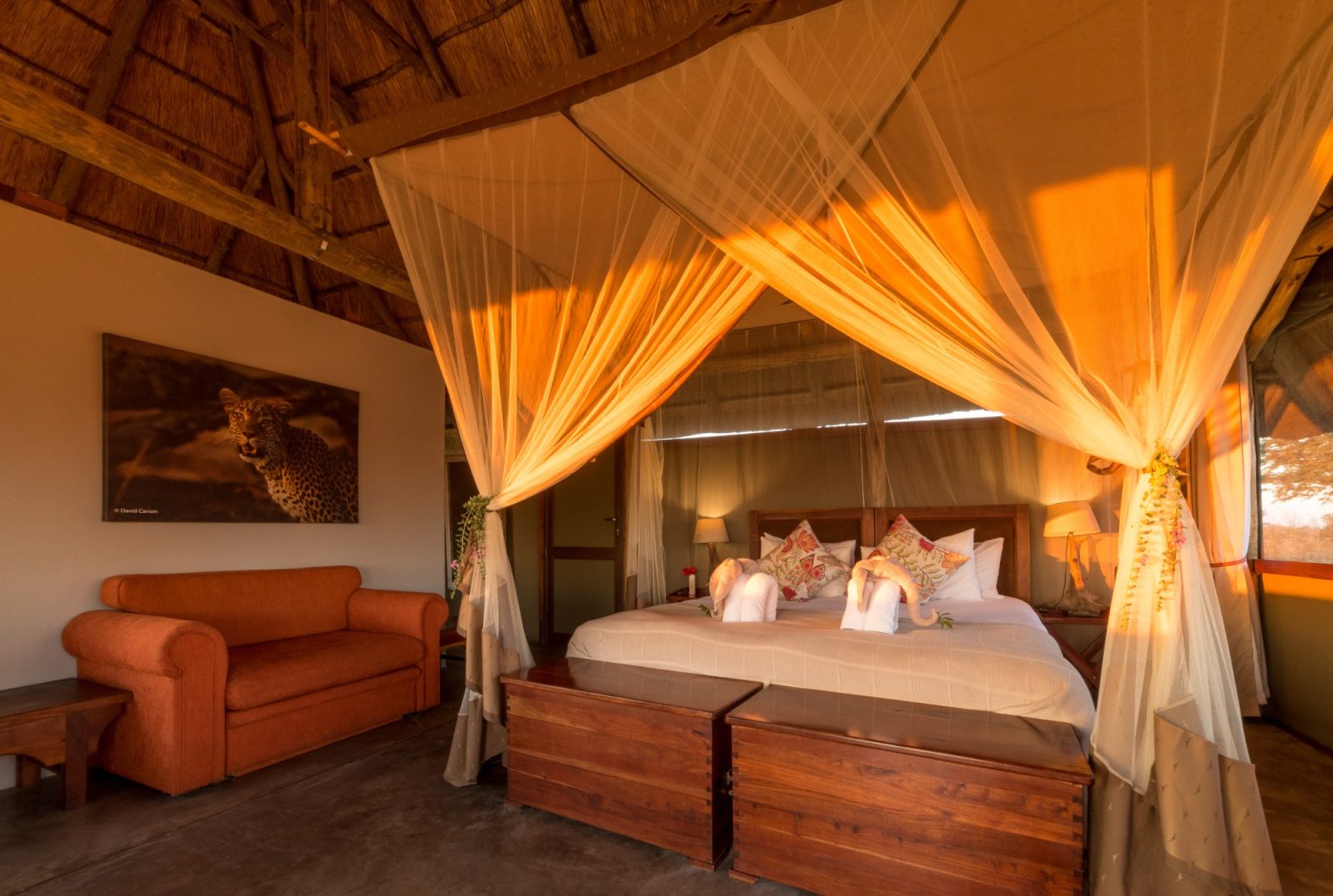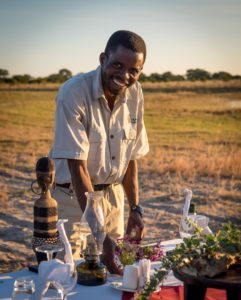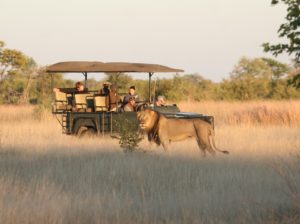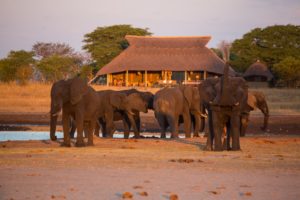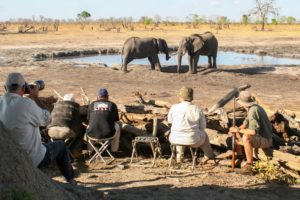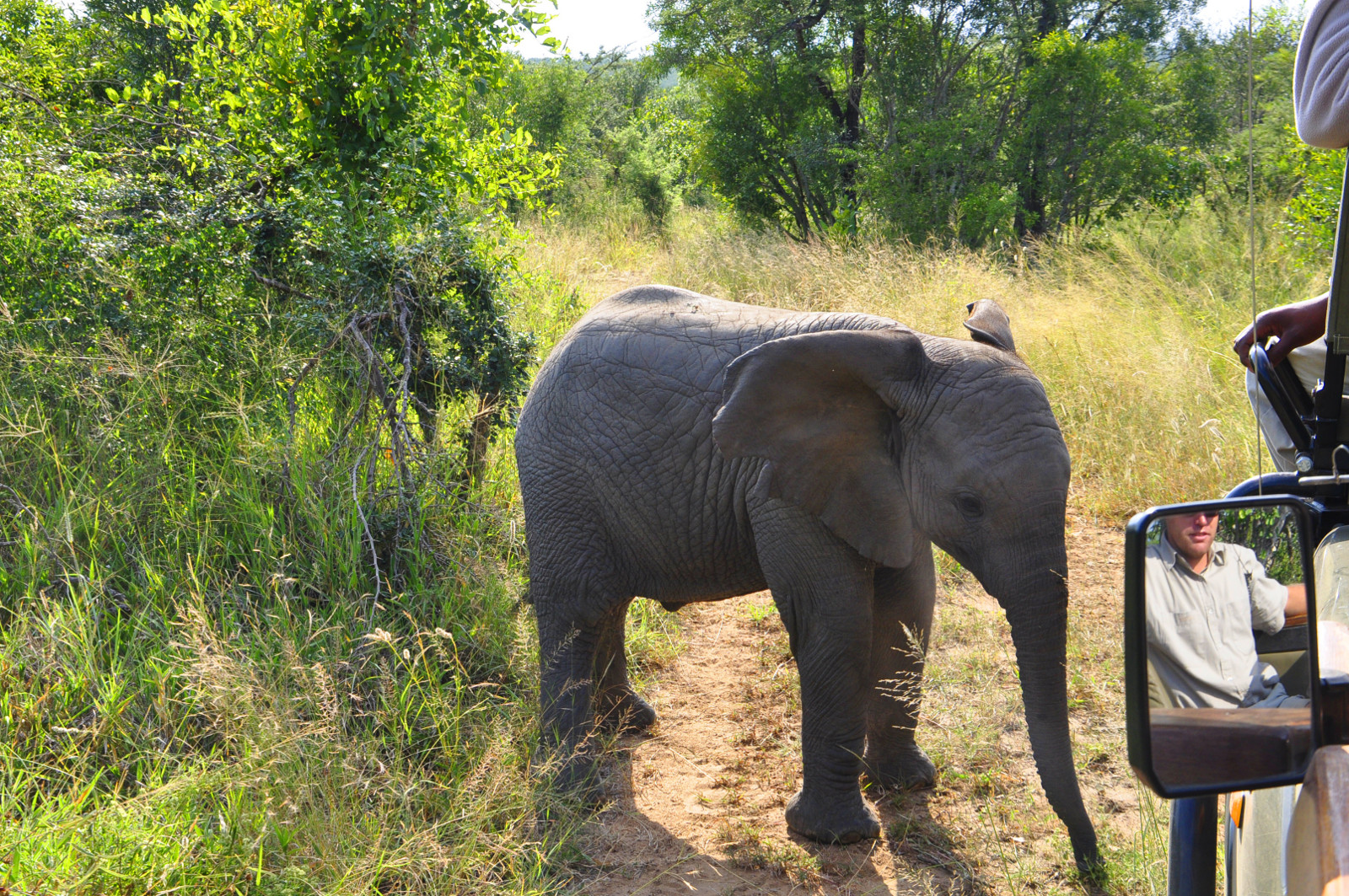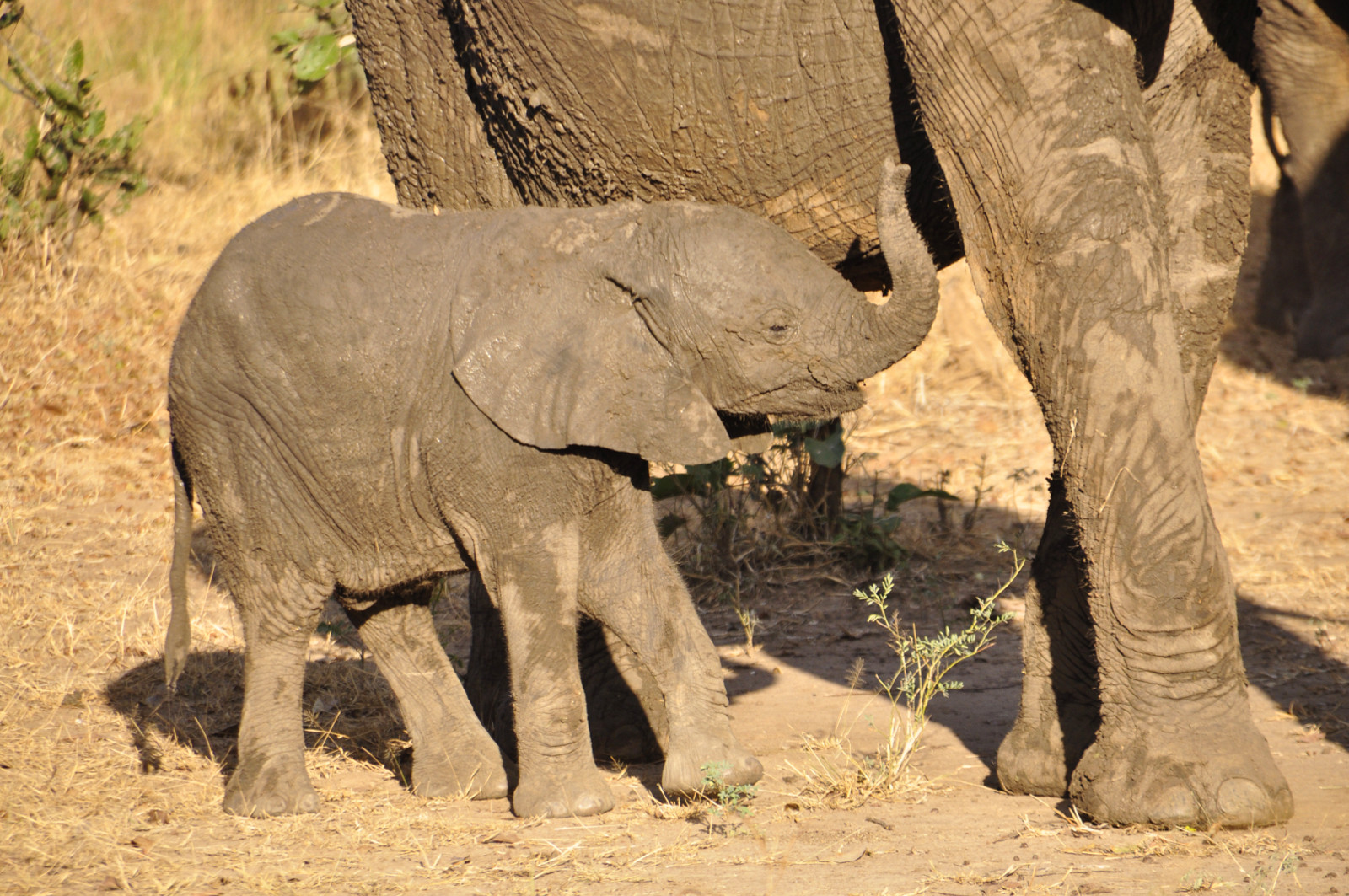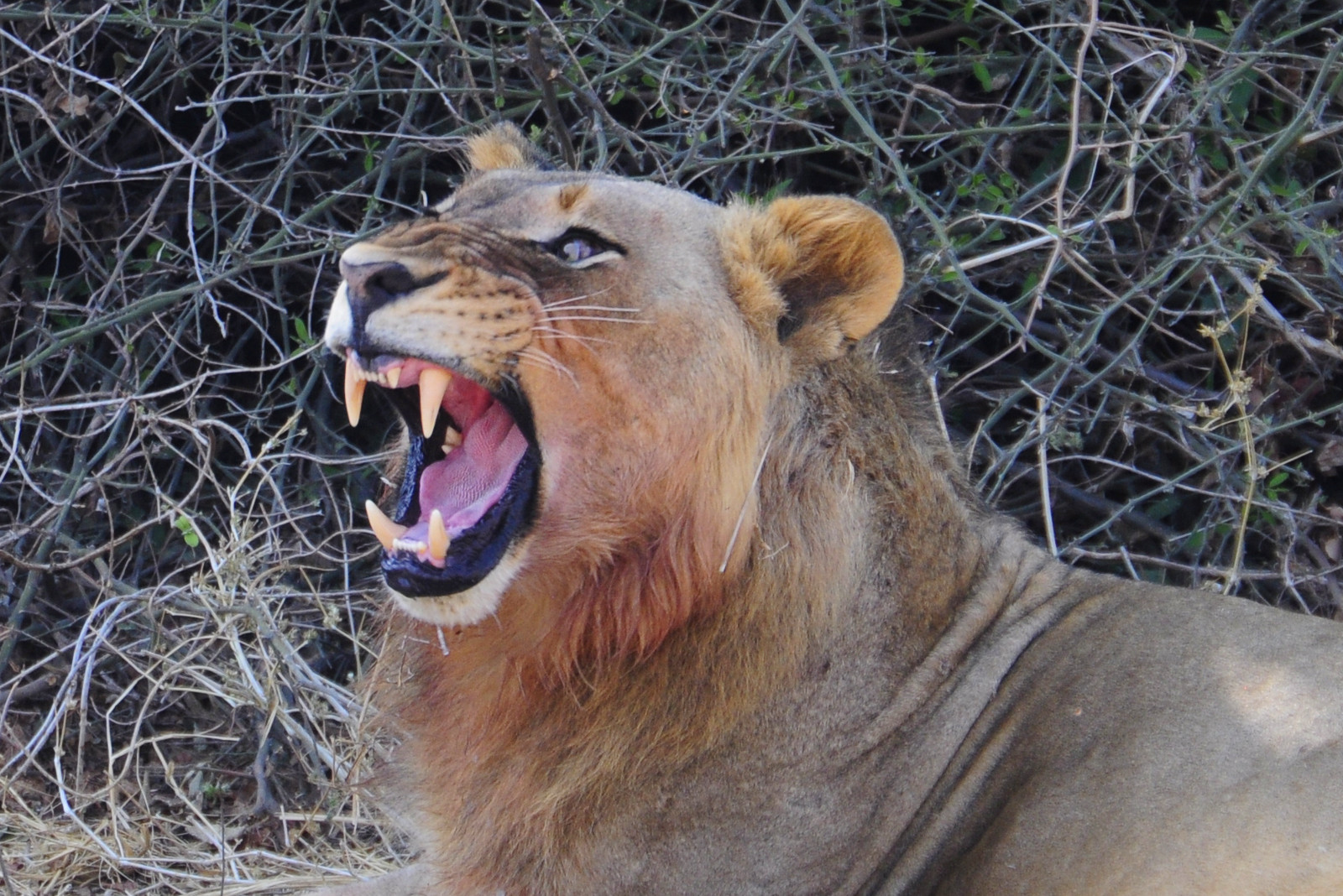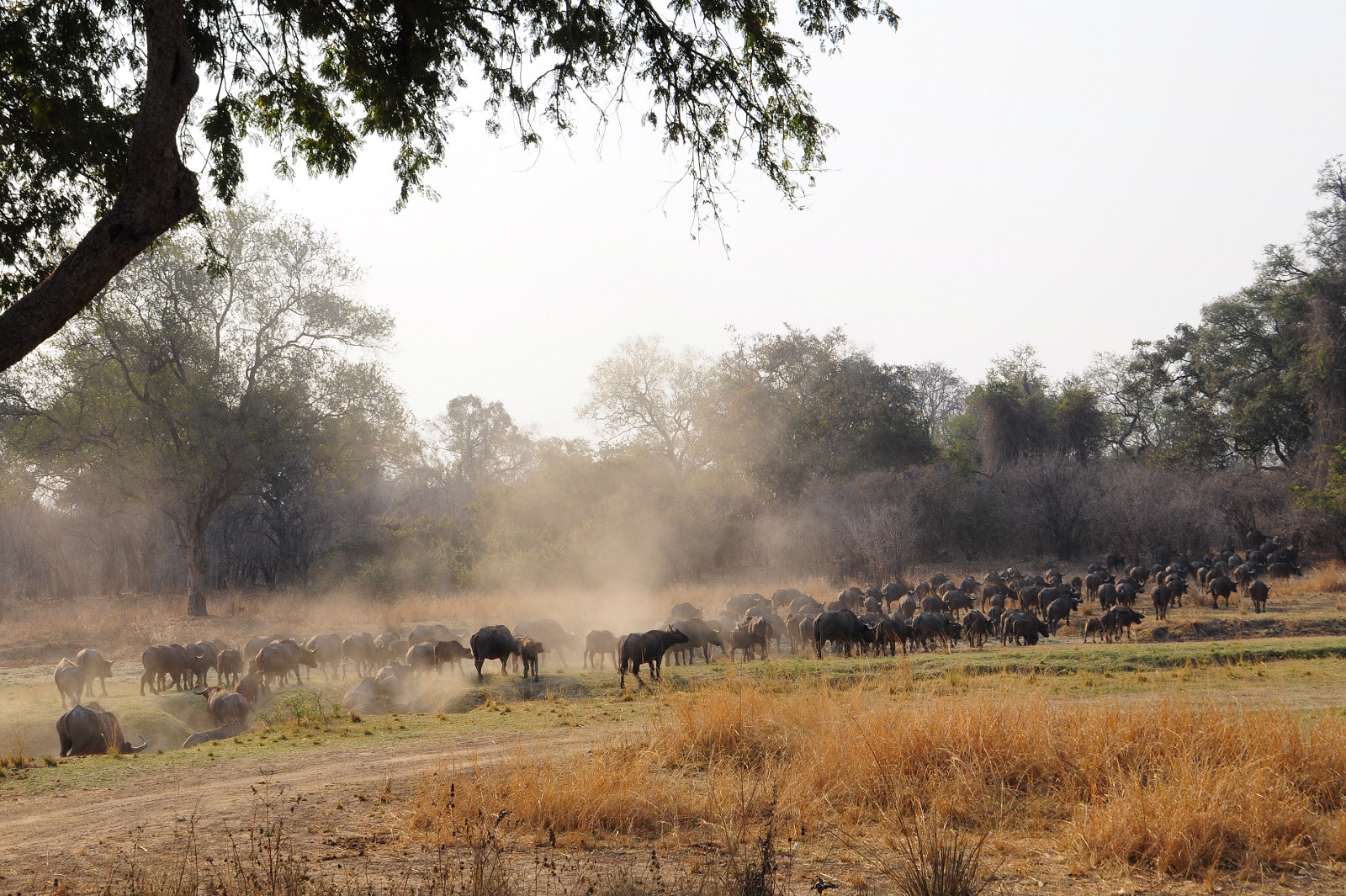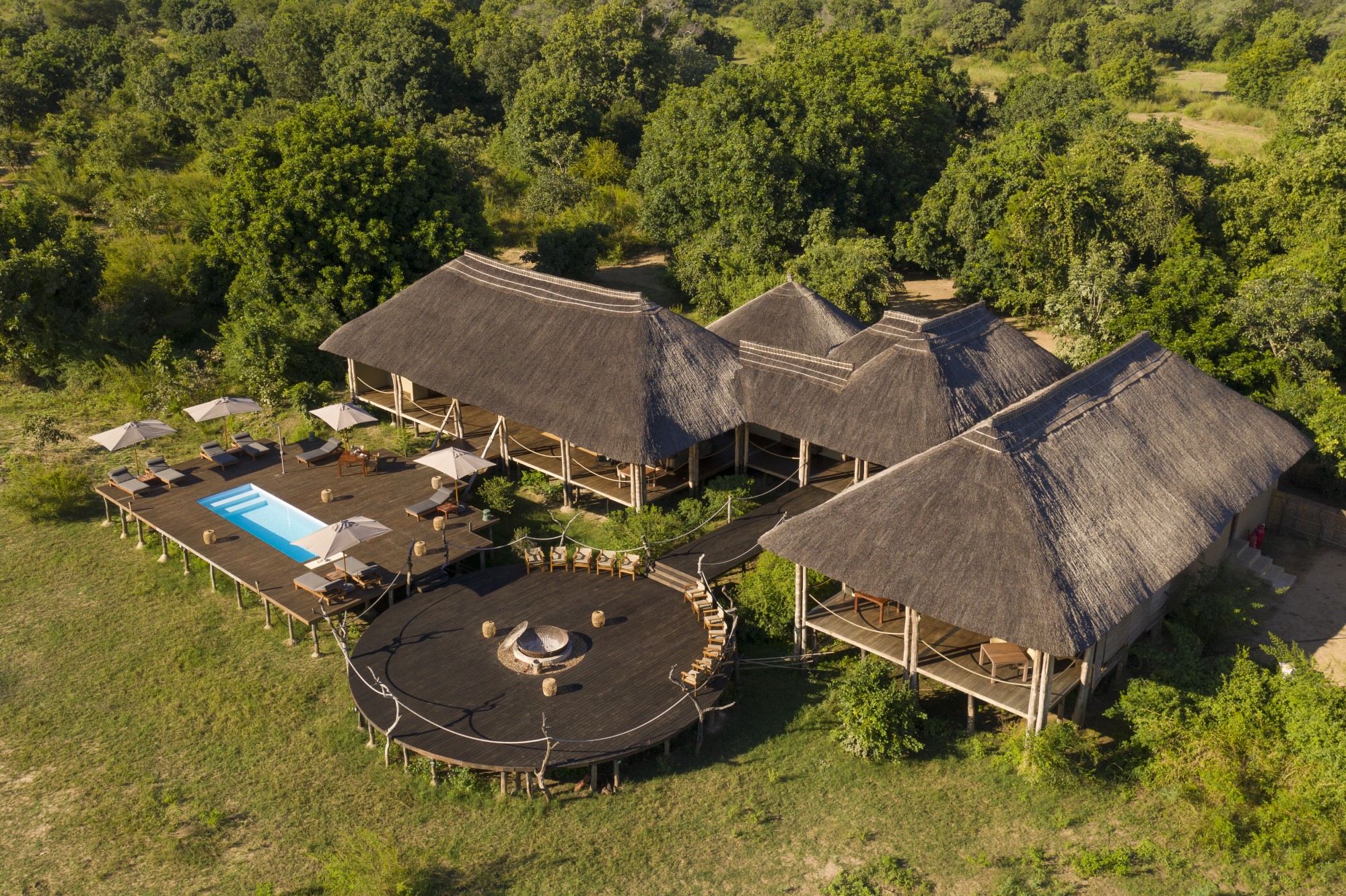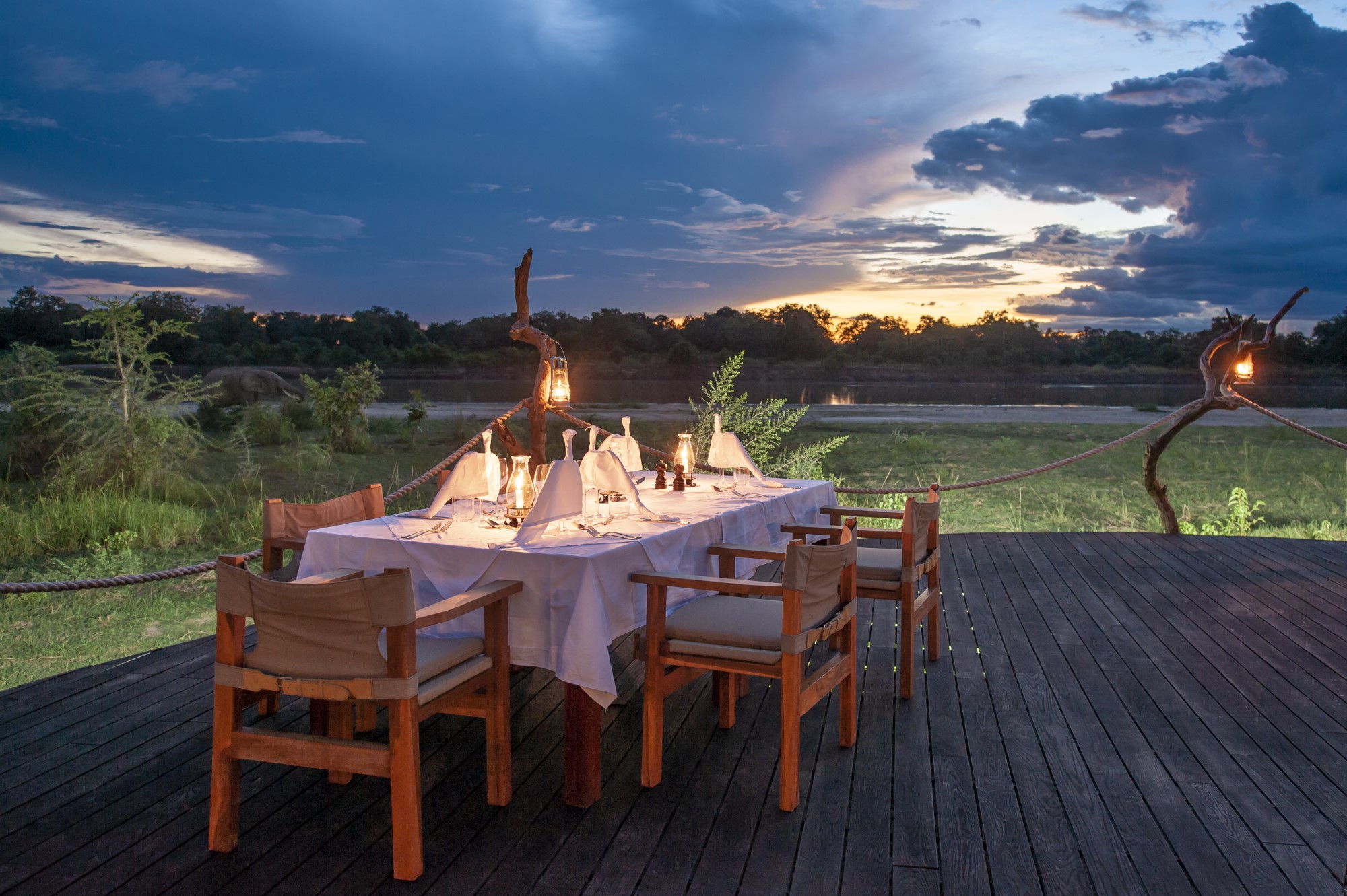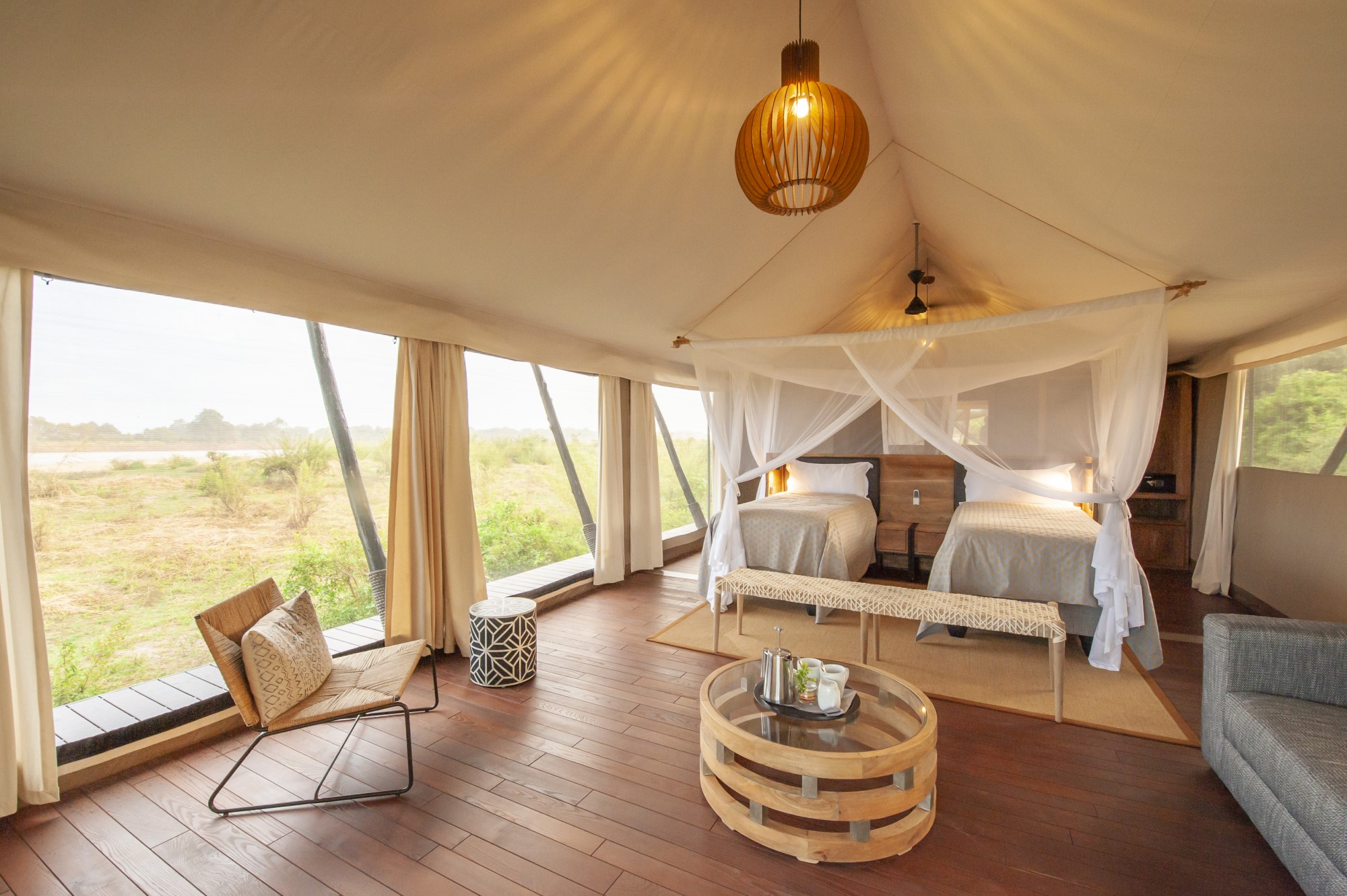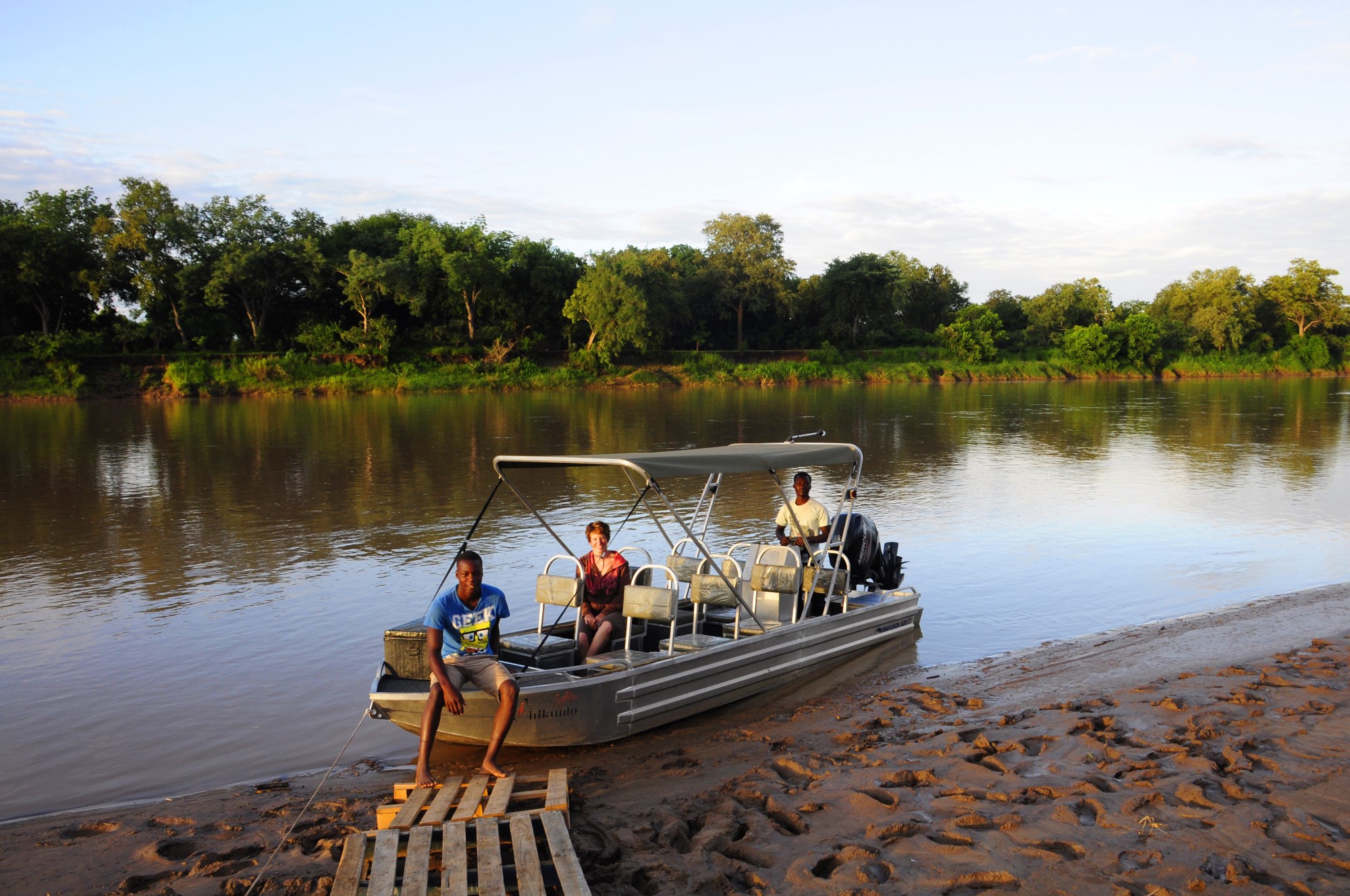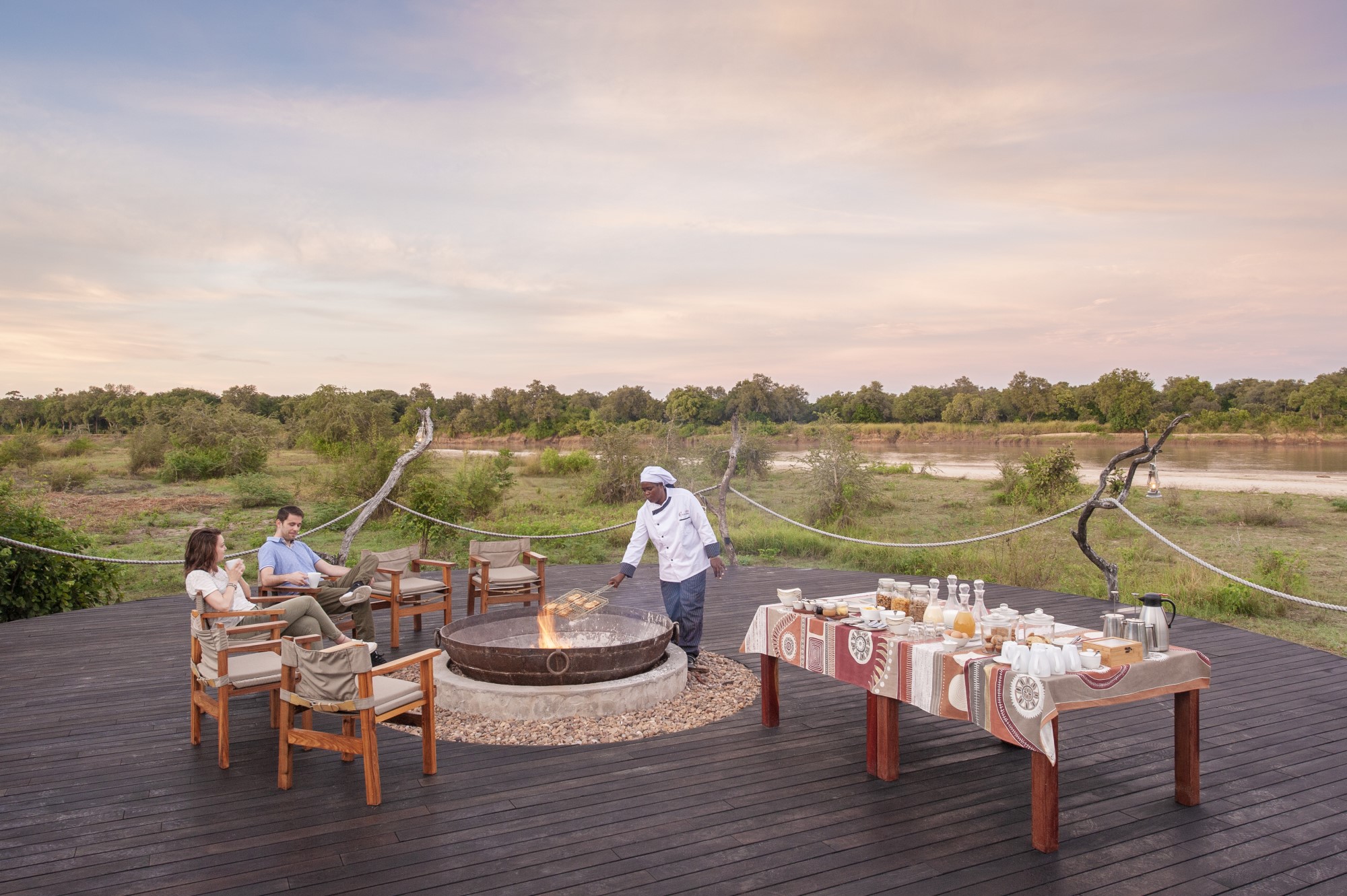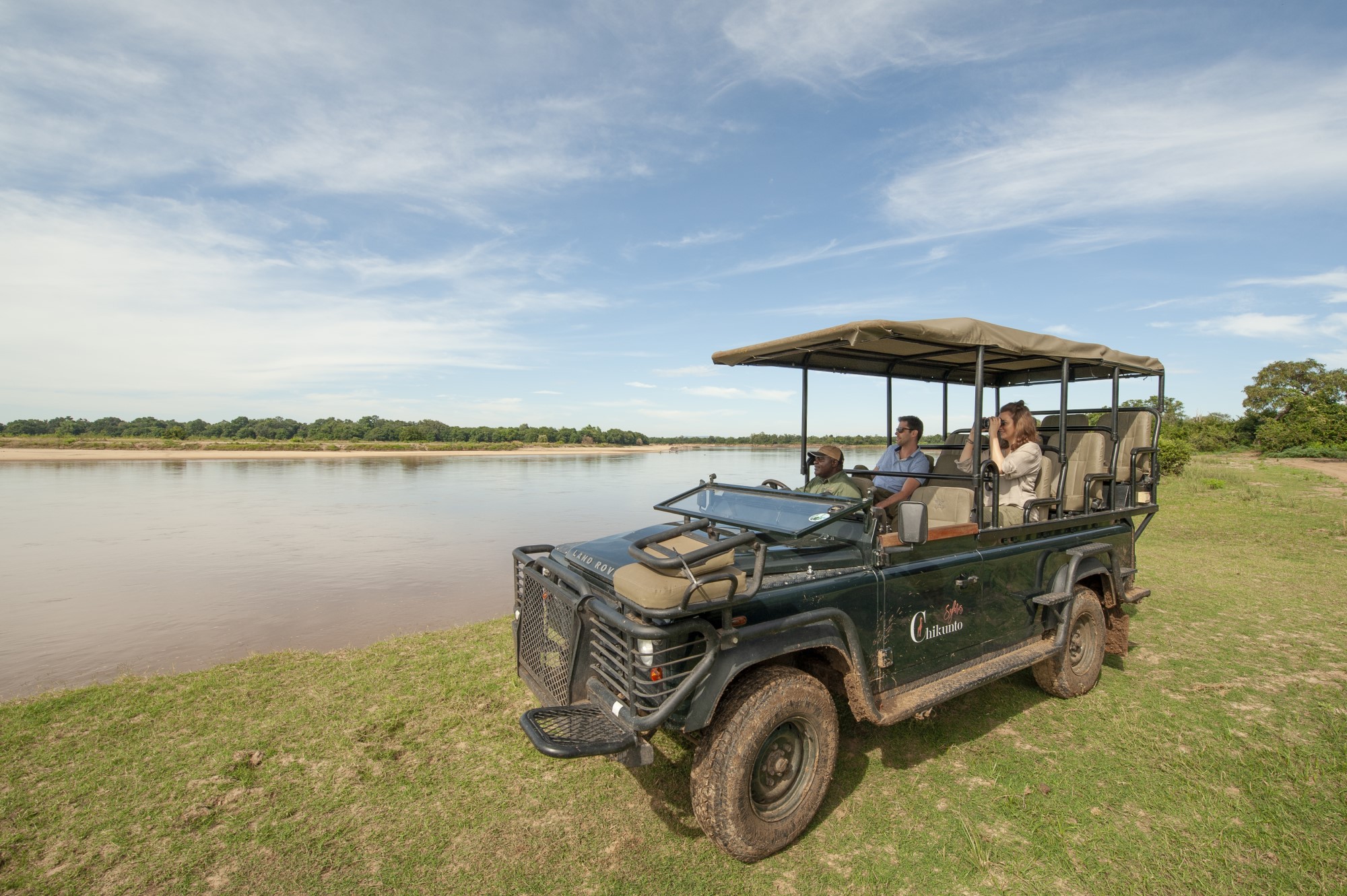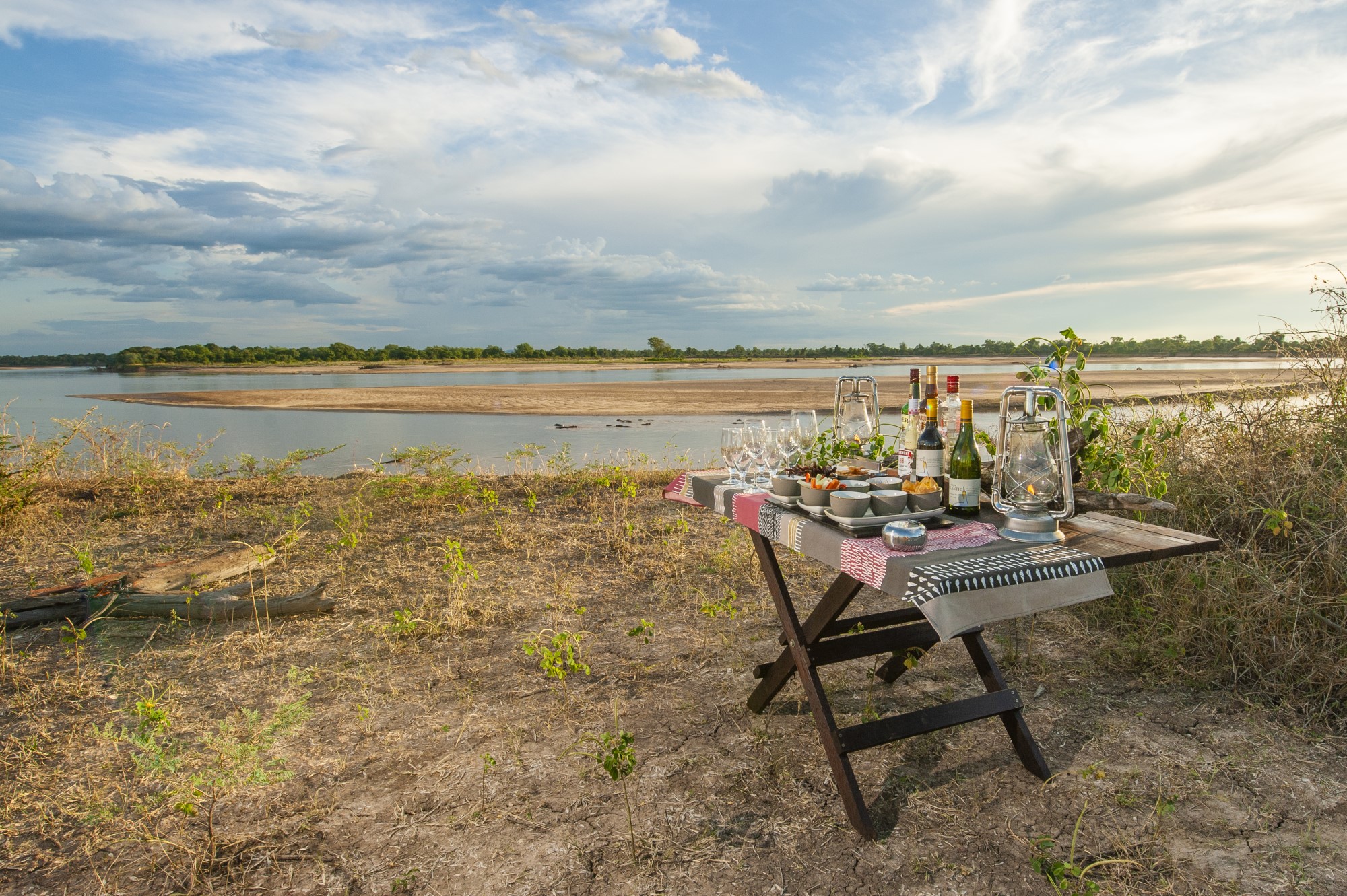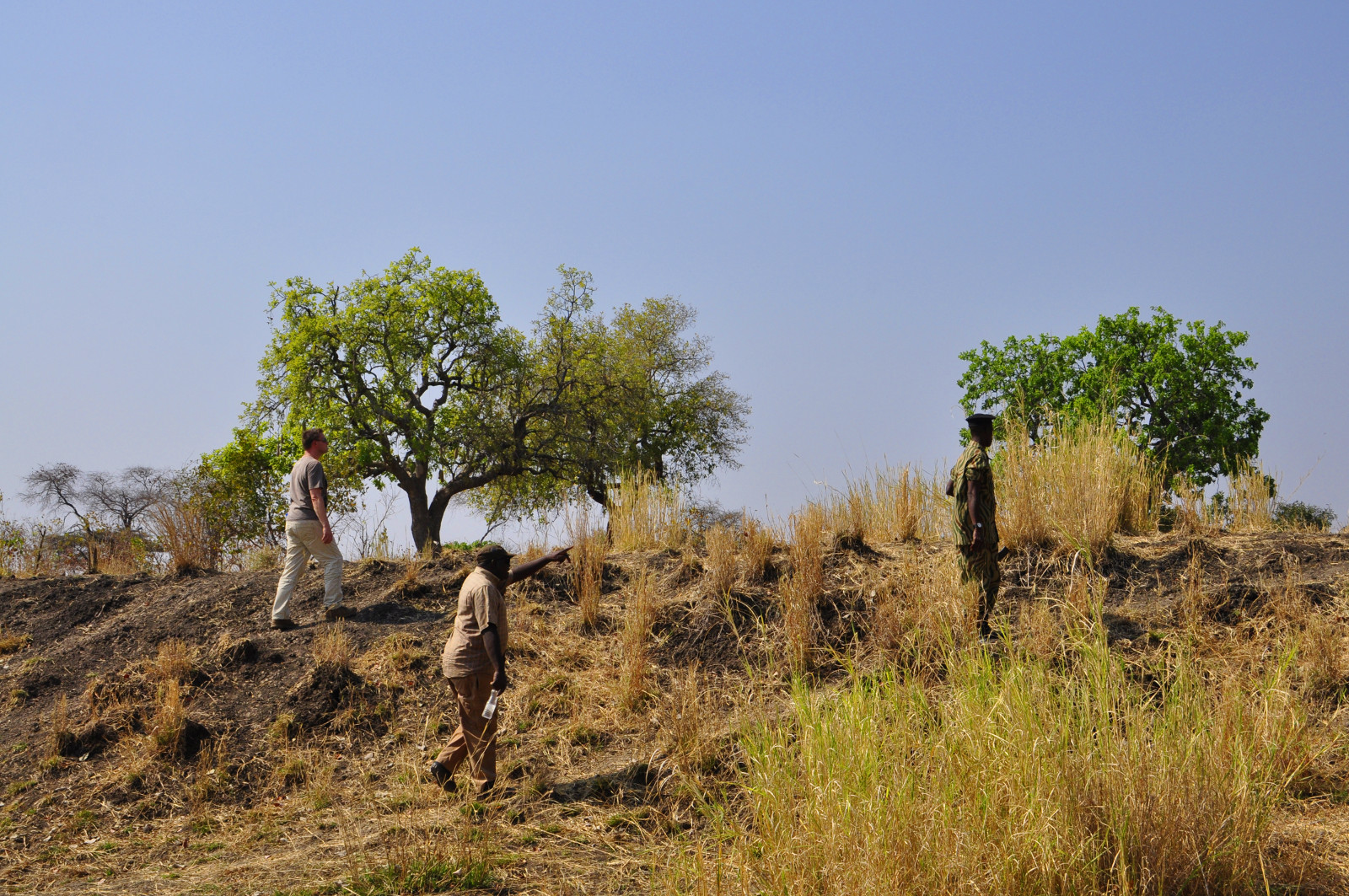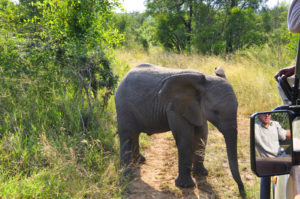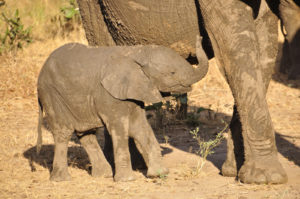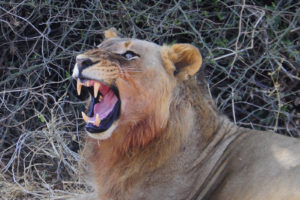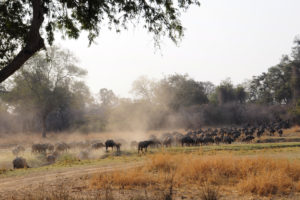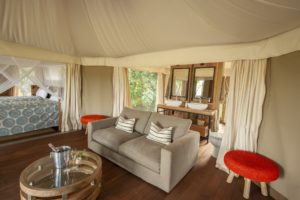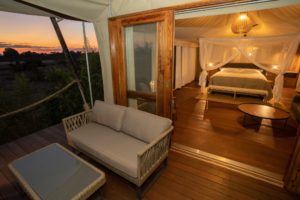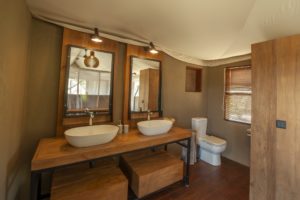- Size [usr 4.5]
- Facilities [usr 5]
- Range of animals [usr 5]
- Road quality [usr 4.5]
- Wildness [usr 3.5]
Kruger is one of the few national parks in the world that is large enough to have a sizeable population for some of its rarer animals. It is also part of the Limpopo transfrontier park which includes the Limpopo park in Mozambique, Gonarezhou National Park, Manjinhi pan Sanctuary and Malipati Safari area in Zimbabwe as well as the area between Kruger and Gonarezhou, and the Sengwe communal land in Zimbabwe and Makuleke region in South Africa. The area of this whole piece park is 35000 square km. There are plans to increase this in size to close to 100,000 square km. About 18,000 square km (half) of this is the Kruger National Park.
The Kruger Park on its own is the equivalent of an area roughly the size of Wales. It has 138 different species of mammal roaming free. This includes 6 species of Cat, 3 of Dog (two of these are jackels) and many species of Antelope.
The Cat species include Lions (about 1500), Leopard (about 2000), Cheetah (200), Caracal, African wild cat, and Serval. Lions are easily found and generally do not fear cars, we saw lions at some point on most days we spent within the park. Leopards are far more secretive and we had been in the area for almost 3 months before we saw our first one. That is not to say that they are always this hard to see but often keep themselves hidden. There is a section of the river which claims to have the worlds highest density of leopards in the world.
Cheetah are very hard to find in the park because as there is much vegetation you can not spot them from a distance like in the Serengeti. Because there are very few of them sightings are a rare treat, though because they hunt mostly by sight, they are most active in the day, and often hunt during the hottest part of the day when the lions and leopards are resting. When we had our sighting of cheetah within Kruger, they were clearly looking for food and were standing on a small mound on the side of the road. We followed them as they slowly went off after prey in the distance, but quickly lost them.
The last major predator is the African wild dog. African wild dog are highly successful pack animals. No African mammal is successful more often when hunting. However unfortunately this means that they are highly mobile and while we narrowly missed them on many occasions, we never got lucky with these fascinating animals. The Kruger has a relatively stable population of 350 animals, however they are very susceptible to illnesses, and due to the shape of Kruger, there is always the risk of rabies or canine distemper being spread through the population from strays living around the park. In 1992, the wild dog population of the Serengeti disappeared in one year. Because that park is connected to others wild dog are slowly returning. There are proactive projects trying to improve the health of dogs around remaining national parks containing wild dog, in the hope of saving this fascinating mammal.
It has both white rhino and black rhino populations, though the black rhino population remains low. Rhino have been targeted in the last decade. It is believed that by grinding down rhino horn and drinking it many illnesses can be cured. While this is rubbish demand meant that rhino horn was for a time more valuable than an equivalent weight in Gold. More absurd is the fact that White Rhino horn is made of keratin, the same substance that make up our fingernails (and you will get the same medicinal remedy by grinding up your fingernails and drinking them). At one point the poaching was running at one thousand animals a year, though thankfully this number has reduced. Black Rhino also once existed within the area in great numbers but were eradicated. They were reintroduced and there is a population of around 400-600, that has grown from a founder popuation of 90 between the 1970 and 1990s. Black rhino being browsers rather than the grazing white rhino (misnamed, White was a mistranslation of the Africaans name Weit meaning wide) and as such their droppings are easily differentiated. We encountered black rhino droppings a few times so knew that there was at least one animal in the area we spent much of our time, but they are very shy spending much of their time deep in cover so not seen very often.
When the park was enclosed it was worked out that the carrying capacity of the park was 7000 elephants. Currently the number exceeds 16000 which is roughly twice the calculated carrying capacity of the reserve. Up until 1990 regular culls kept the elephant population limited, but since then the size has doubled. However this is a rather difficult problem to work out as the elephants are not living in the same way that they would have lived hundreds of years ago. Elephants are very destructive, regularly pushing down trees and generally changing the area as they see fit; at a certain point in the elephants would have migrated out of the area for some time allowing the land to recover. Once the elephants were fenced in this was not possible. The hope is that this migrating behaviour can be restarted within transfrontier parks like the Kruger, though this behaviour might take many years to start.
On a smaller scale, due to the fact that large parts of the reserve have never been anything other than wild, this means that the ecosystem functions well in the natural way that it did for millenia before humans appeared. As such apart from all the big animals to be looking for, there are also dozens of smaller animals to be looking out for, animals such as Servals, Caracals, Civit cats, Genets, African wild cats, Pangolins, Aardvarks and many many more. This makes the reserve an exciting place to drive through; you never know what animal might walk out into the road (or be spotted in the nearby bushes).
Practical review
The Kruger is possibly the easiest large nature reserve in Africa to visit. This is because the majority of the roads are tarmacked and most of the rest are dust paths that are still easy to drive. Almost all the roads you are allowed to drive are easily driveable in a 2 wheel drive, therefore there is no need within the Kruger for 4 wheel drive, though the extra height of the vehicle comes in useful because it makes it easier to see over bushes and other cars.
The campsites have electric fences around them so there is no need to hire guards to look after yourself, this also makes Kruger probably the most child friendly large reserve as within the safety of the camp, children can play close by without needing to look out for animals all the time. There are about 12 main campsites but many of these have satellites camps that allow for a more wild feel (less easily child friendly).
For those looking for a wilder feel, some of the camps have satellite camps that are far smaller with fewer resources, but this means that often the animals come closer.
Each campsite has a sightings board, which contains a map of the park and pins of different colours to allow you to say where you saw different animals. This means that with some planning each morning you can make sure you look through parts of the park where sightings are most likely. This means that even if it is your first visit you can often have sightings just like a seasoned wildlife guide.
